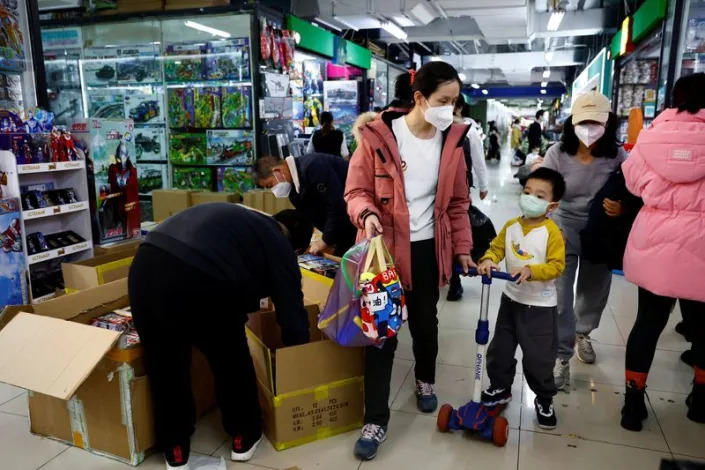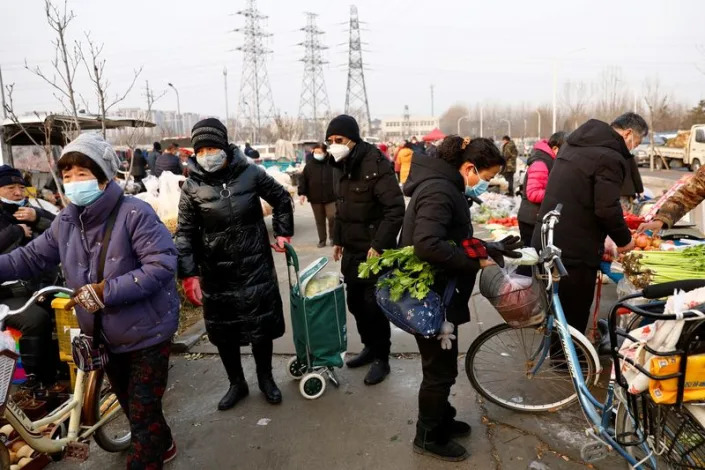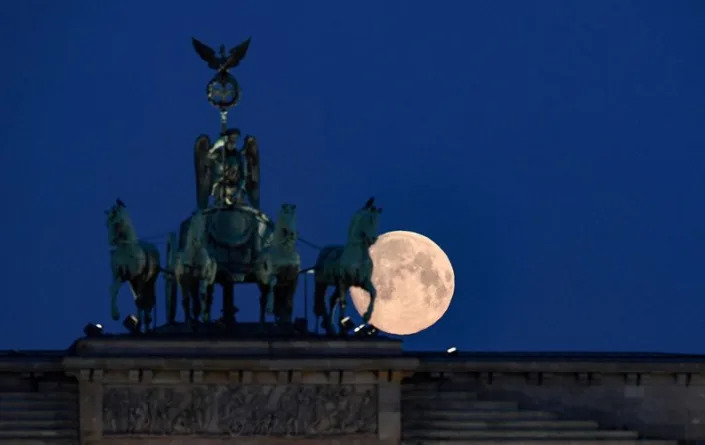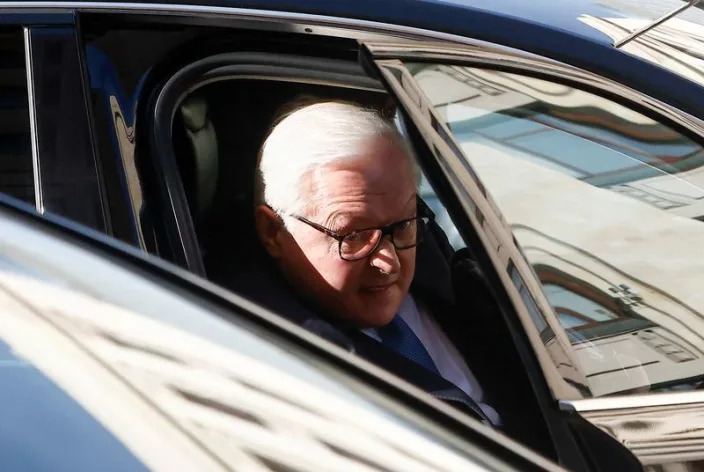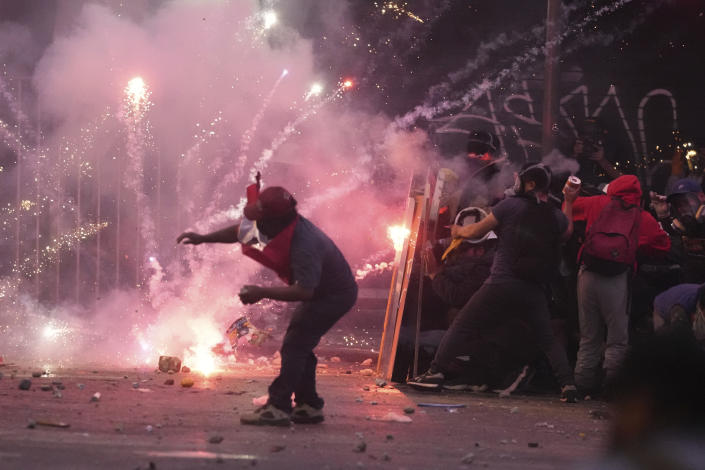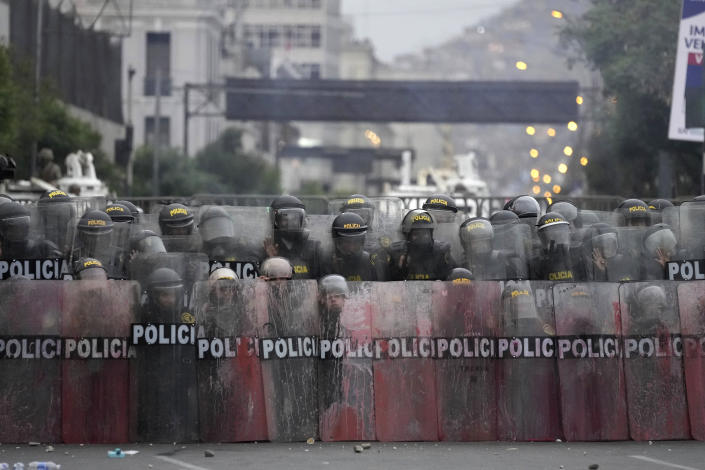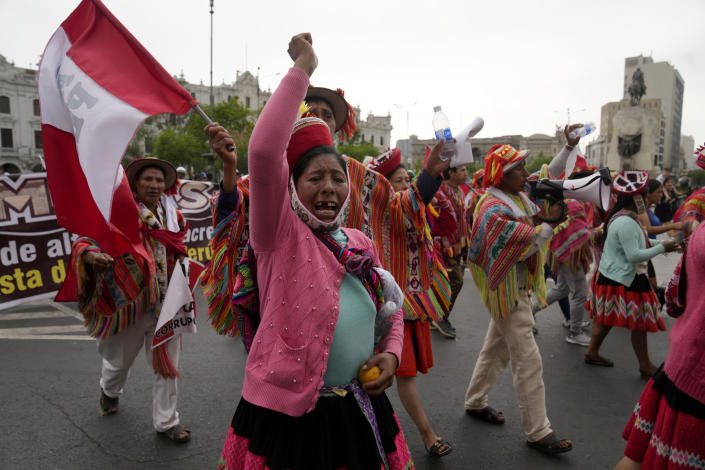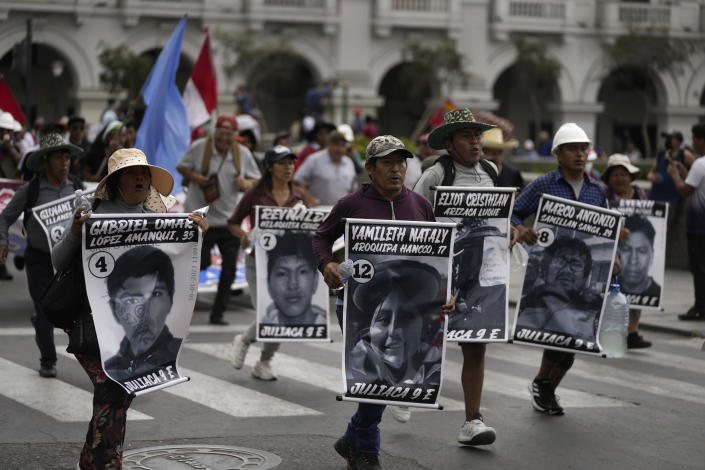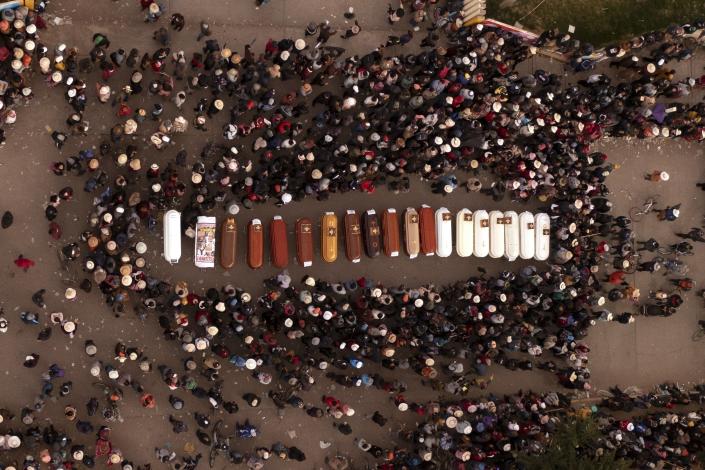Published January 30, 2023

Describing the ongoing global turmoil as a perfect storm, UN Secretary General António Guterres said in his speech at the World Economic Forum that cooperation was urgently needed in a fragmented world. This was also the theme of the annual Davos meeting earlier this month. The perfect storm, he maintained, was raging on several fronts, especially economic, with an unfolding cost-of-living crisis, rising inequality, looming recession, energy crunch, soaring inflation and supply chain disruptions among its many aspects. Yet, when international solidarity was needed most, geopolitical rifts and the deepening North-South divide was undermining efforts to meet global challenges.
There is no doubt that the world is at an inflection point and in the midst of an intensely unsettled period. Instability is being engendered by rising geopolitical tensions and global economic volatility. Power shifts continue in an increasingly fragmented international system, with multilateralism under growing stress. Uncertainty is the ‘new normal’ and the outlook remains troubled. Most assessments by experts paint a picture of unpredictability ahead, with strong headwinds unleashed by competing crises and a multiplicity of interconnected but so far unmet challenges.
The World Economic Forum’s annual Global Risks Report sees an era of low-growth, low cooperation and low investment with the cost-of-living crisis presenting the biggest short-term risk confronting the world right now, and climate change as the biggest long-term threat. It identifies old and new risks which are converging to shape a fraught landscape, and finds that economic warfare has become the norm, with increasing clashes between major powers and geopolitical cooperation eroding. The report makes for sober reading, even though it expresses the hope that collective and decisive action would help to chart a way towards a more positive, inclusive and stable world.
But for now, global stability is nowhere in sight. The major contributory factors to the ongoing geopolitical turbulence and economic disruption are the war initiated by the Russian invasion of Ukraine and continuing US-China confrontation. The Ukraine war, which has had global repercussions, will soon enter its second year, with no negotiated end to the conflict in sight. Russian forces are reported to be readying themselves for a spring offensive. Few, if any, diplomatic efforts are underway for a ceasefire or dialogue, which indicates that a prolonged war of attrition lies ahead. Russian targeting of Ukrainian infrastructure and strikes on key cities have not sapped Kyiv’s will to resist and fight. Nor has Western unity to help Ukraine weakened. Sophisticated military weapons have been sent to Ukraine to give it a qualitative edge in armaments. In what is described as a major policy shift, Germany and the US now plan to send battle tanks to Ukraine to help it counter Russian offensives. A week ago, the US and Nato indicated supplying a package of heavy weapons to Ukraine. All this suggests an escalation in coming months.
With rising geopolitical tensions, a divided and leaderless world is unable to meet global challenges.
The war has taken a heavy toll on the global economy, coming as it did on the back of the pandemic and its devastating economic fallout. It has disrupted global supply chains, trade, commodity and energy markets. The conflict has given rise to soaring food prices, while supply disruptions have intensified inflationary pressures across the world. This has hit poorer, debt-burdened economies especially hard. With major economies struggling to curb inflation, global financial conditions have also tightened. Weak global growth holds the prospect of recession in major economies and beyond. The international economic environment is in a volatile and uncertain state and facing a bleak future.
The Ukraine crisis isn’t the only challenge to international peace and stability. Another major source of global instability is the turbulent relationship between the US and China, the world’s most consequential bilateral relationship and a defining feature of the global landscape today. Relations between them have sunk to a historic low, raising concerns across the world about the advent of a new Cold War. Tensions have ensued in most part from America’s policy to contain China’s rise, which is being countered by an assertive response from Beijing. The US seeks to reduce dependence on Chinese supply chains and products to decouple its economy from China’s. This has involved waging a trade war with Beijing. Guterres describes the risk of decoupling of the world’s two largest economies as the ‘Great Fracture’. He has often urged both countries to avoid decoupling, which would have deleterious consequences for them as well as the rest of the world.
A meeting last October between Presidents Biden and Xi Jinping in Bali — their first — on the sidelines of the G20 summit raised hopes of a de-escalation of tensions and a move towards a more stable relationship between the global powers. But it did not result in any narrowing of differences over the contentious issues and disputes that divide them, including Taiwan, trade, technology curbs and military postures. Indeed, both sides again spelt out their respective red lines on Taiwan.
While Taiwan represents the most dangerous arena of US-China confrontation, tensions are escalating on other fronts too. Washington is engaged in a battle to maintain supremacy in technology. Its national security strategy unveiled in October 2022 declares the aim is to outpace China in the technological domain. Last October, the US imposed a sweeping ban on American companies from exporting chips and advanced chip equipment to China in order to cripple its semiconductor industry. These export restrictions were the latest in the tech war and were described as “the biggest shift in US policy” on technology exports to China since the 1990s. Apart from taking this issue to the WTO, China is expected to enhance funding to its semiconductor industry. But it is by no means clear whether Washington will be able to coax its allies to join the restrictions, as the interests of their companies diverge with the US on these unilateral measures. This nevertheless underlines how intense the tech war has become.
Of course, there are other sources of instability in the world. What all of them add up to is a deeply divided and leaderless world which is increasingly falling short of addressing multiple global challenges that are cascading into what Guterres rightly calls an impending perfect storm.
The writer is a former ambassador to the US, UK & UN.
Published in Dawn, January 30th, 2023

Describing the ongoing global turmoil as a perfect storm, UN Secretary General António Guterres said in his speech at the World Economic Forum that cooperation was urgently needed in a fragmented world. This was also the theme of the annual Davos meeting earlier this month. The perfect storm, he maintained, was raging on several fronts, especially economic, with an unfolding cost-of-living crisis, rising inequality, looming recession, energy crunch, soaring inflation and supply chain disruptions among its many aspects. Yet, when international solidarity was needed most, geopolitical rifts and the deepening North-South divide was undermining efforts to meet global challenges.
There is no doubt that the world is at an inflection point and in the midst of an intensely unsettled period. Instability is being engendered by rising geopolitical tensions and global economic volatility. Power shifts continue in an increasingly fragmented international system, with multilateralism under growing stress. Uncertainty is the ‘new normal’ and the outlook remains troubled. Most assessments by experts paint a picture of unpredictability ahead, with strong headwinds unleashed by competing crises and a multiplicity of interconnected but so far unmet challenges.
The World Economic Forum’s annual Global Risks Report sees an era of low-growth, low cooperation and low investment with the cost-of-living crisis presenting the biggest short-term risk confronting the world right now, and climate change as the biggest long-term threat. It identifies old and new risks which are converging to shape a fraught landscape, and finds that economic warfare has become the norm, with increasing clashes between major powers and geopolitical cooperation eroding. The report makes for sober reading, even though it expresses the hope that collective and decisive action would help to chart a way towards a more positive, inclusive and stable world.
But for now, global stability is nowhere in sight. The major contributory factors to the ongoing geopolitical turbulence and economic disruption are the war initiated by the Russian invasion of Ukraine and continuing US-China confrontation. The Ukraine war, which has had global repercussions, will soon enter its second year, with no negotiated end to the conflict in sight. Russian forces are reported to be readying themselves for a spring offensive. Few, if any, diplomatic efforts are underway for a ceasefire or dialogue, which indicates that a prolonged war of attrition lies ahead. Russian targeting of Ukrainian infrastructure and strikes on key cities have not sapped Kyiv’s will to resist and fight. Nor has Western unity to help Ukraine weakened. Sophisticated military weapons have been sent to Ukraine to give it a qualitative edge in armaments. In what is described as a major policy shift, Germany and the US now plan to send battle tanks to Ukraine to help it counter Russian offensives. A week ago, the US and Nato indicated supplying a package of heavy weapons to Ukraine. All this suggests an escalation in coming months.
With rising geopolitical tensions, a divided and leaderless world is unable to meet global challenges.
The war has taken a heavy toll on the global economy, coming as it did on the back of the pandemic and its devastating economic fallout. It has disrupted global supply chains, trade, commodity and energy markets. The conflict has given rise to soaring food prices, while supply disruptions have intensified inflationary pressures across the world. This has hit poorer, debt-burdened economies especially hard. With major economies struggling to curb inflation, global financial conditions have also tightened. Weak global growth holds the prospect of recession in major economies and beyond. The international economic environment is in a volatile and uncertain state and facing a bleak future.
The Ukraine crisis isn’t the only challenge to international peace and stability. Another major source of global instability is the turbulent relationship between the US and China, the world’s most consequential bilateral relationship and a defining feature of the global landscape today. Relations between them have sunk to a historic low, raising concerns across the world about the advent of a new Cold War. Tensions have ensued in most part from America’s policy to contain China’s rise, which is being countered by an assertive response from Beijing. The US seeks to reduce dependence on Chinese supply chains and products to decouple its economy from China’s. This has involved waging a trade war with Beijing. Guterres describes the risk of decoupling of the world’s two largest economies as the ‘Great Fracture’. He has often urged both countries to avoid decoupling, which would have deleterious consequences for them as well as the rest of the world.
A meeting last October between Presidents Biden and Xi Jinping in Bali — their first — on the sidelines of the G20 summit raised hopes of a de-escalation of tensions and a move towards a more stable relationship between the global powers. But it did not result in any narrowing of differences over the contentious issues and disputes that divide them, including Taiwan, trade, technology curbs and military postures. Indeed, both sides again spelt out their respective red lines on Taiwan.
While Taiwan represents the most dangerous arena of US-China confrontation, tensions are escalating on other fronts too. Washington is engaged in a battle to maintain supremacy in technology. Its national security strategy unveiled in October 2022 declares the aim is to outpace China in the technological domain. Last October, the US imposed a sweeping ban on American companies from exporting chips and advanced chip equipment to China in order to cripple its semiconductor industry. These export restrictions were the latest in the tech war and were described as “the biggest shift in US policy” on technology exports to China since the 1990s. Apart from taking this issue to the WTO, China is expected to enhance funding to its semiconductor industry. But it is by no means clear whether Washington will be able to coax its allies to join the restrictions, as the interests of their companies diverge with the US on these unilateral measures. This nevertheless underlines how intense the tech war has become.
Of course, there are other sources of instability in the world. What all of them add up to is a deeply divided and leaderless world which is increasingly falling short of addressing multiple global challenges that are cascading into what Guterres rightly calls an impending perfect storm.
The writer is a former ambassador to the US, UK & UN.
Published in Dawn, January 30th, 2023











